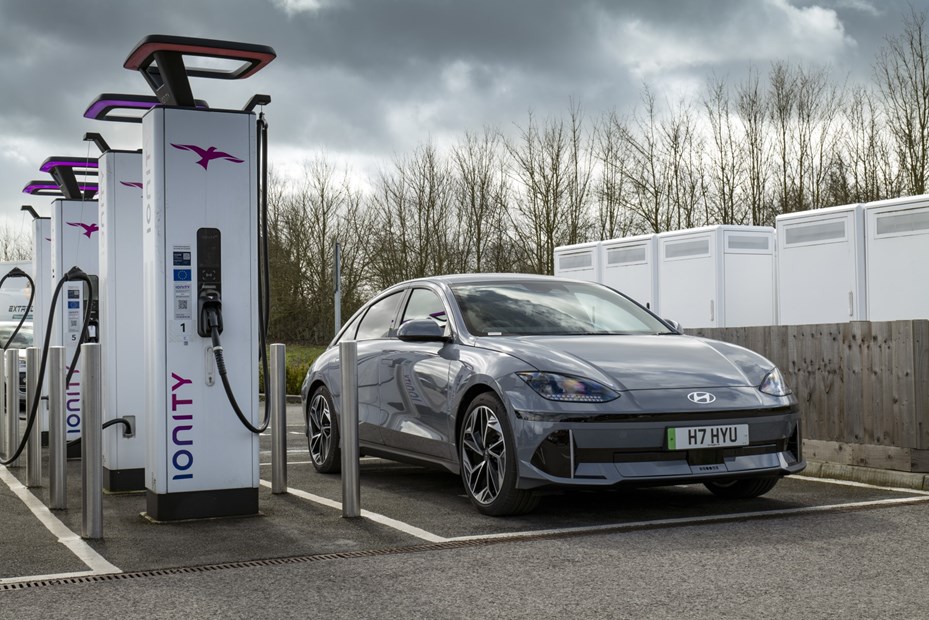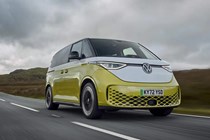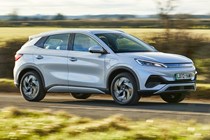The UK government has set legally binding sales targets for zero emissions vehicles (ZEVs) – primarily concerning electric cars (EVs) – that certain manufacturers will have to meet or face huge fines. The so-called ZEV sales mandate came into force at the start of 2024 as a key driver in the shift away from petrol and diesel cars towards EVs.
Here, we’re going to look at exactly what the ZEV sales mandate is, why it’s necessary, how it’ll work in practice and how it’s likely to affect you, as a consumer.
What is the ZEV sales mandate?
The mandate is a minimum ZEV sales target that the vast majority of manufacturers that sell cars in the UK will have to meet. The target is a percentage of a manufacturer’s overall registrations in a calendar year. In 2024, that target is 22%. So, if Manufacturer X sells 100,000 cars in the UK in 2024, it must ensure that at least 22,000 of those cars are ZEVs.
The targets will go up every year, reaching 80% in 2030 and 100% in 2035, when the sale of new petrol and diesel cars will be banned. Vans are covered by the mandate, as well, with a sales target of 10% in 2024, reaching 100% in 2035.
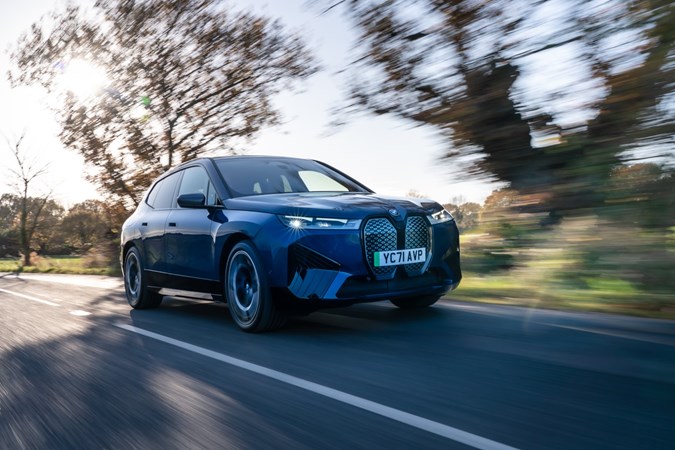
Which cars are included in the ZEV sales mandate?
We should note that though the government calls the targets the zero-emissions vehicle sales mandate, it’s primarily electric vehicles that are currently covered by it. But other types of ZEV, such as hydrogen fuel cell vehicles, will also count towards it as and when they’re available.
The government has kept qualifying criteria as simple as possible, stipulating just three that a car must meet to count towards the mandate. It must produce tailpipe emissions of 0g/km, as measured on the WLTP test cycle; it must have a WLTP range of at least 120 miles; it must have a battery warranty of eight years or 100,000 miles (whichever comes first), and the manufacturer must guarantee they will replace the battery if its capacity drops below 70%. Virtually all electric cars currently on sale in the UK meet those criteria.
There are a number of exceptions to the mandate, covering types of vehicle for which there are currently few viable electric alternatives. They include wheelchair accessible vehicles, hearses and motorhomes. However, those vehicles still have to switch to electric by 2035.

Which manufacturers are included in the ZEV sales mandate?
Not all manufacturers that sell cars in the UK are included in the mandate; it only applies to those that register more than 2,500 cars per year in the UK. That means the likes of Ferrari and Rolls-Royce can carry on as they are, at least for the time being. That 2,500 threshold will reduce as we approach the 2035 ban on new petrol and diesel cars, but many of the manufacturers affected will have switched to an all-EV range by then anyway.
It’s possible, even likely, that there will be a carve-out from the 2035 ban for so-called micro-manufacturers that register fewer than 1,000 cars per year. That would mean manufacturers of more ‘specialist’ cars like Caterham, Ariel and Pagani could continue selling petrol-powered machinery after 2035. But it remains to be seen whether that scenario pans out.

How will the ZEV sales mandate work for consumers?
It’s hard to predict at this stage exactly how the ZEV mandate will affect consumers, but there are a number of possible scenarios we can extrapolate. We’re not going to pass judgement on how likely any of these scenarios are, but they could happen.
You may not be able to buy the car you want
While there are many manufacturers that will have no trouble meeting the ZEV mandate target, there are others that could face difficulty, at least in the early years. For instance Toyota and Ford, which currently have few EVs in their model line-ups.
It’s possible that those manufacturers could restrict sales of non-ZEVs, essentially by periodically making them unavailable, or only available in limited numbers. So, you may go out intending to buy a Ford Kuga and find you can’t get one, but you could drive away in a Mustang Mach-E there and then.
Increased waiting times for non-ZEVs
Car manufacturers are very good at predicting how many cars they will sell each year in an individual country. Therefore, they can work out how many EVs they’ll need to register in the UK to meet the mandate target.
If Manufacturer X expects to register 100,000 cars in the UK in 2024, it knows that 22,000 of them must be ZEVs and schedules production at its factories accordingly. That may mean production of non-ZEV models has to wait while Manufacturer X fulfils its legal obligations. As a result, deliveries of those non-ZEVs to customers take longer.
It’s also possible manufacturers will build and pre-register as many ZEVs as possible to meet their targets in one big batch. Those cars would be available for immediate delivery but, again non-ZEVs could be delayed.
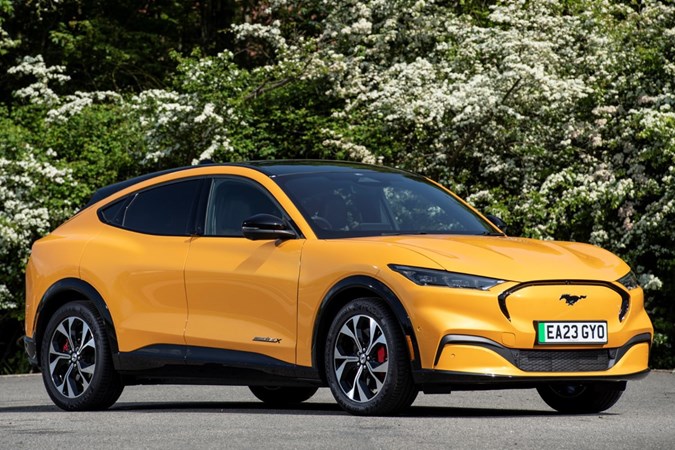
Rise of the car clubs
Car clubs can be a great way of having access to a car without actually owning one. There are many of them that operate in different ways; the best have a wide selection of cars in convenient locations that can be booked through an app. You only have to pay an annual membership fee, plus any extra charges you incur.
Under the EV sales mandate, manufacturers can earn extra credits by selling cars to officially registered car clubs. Where a retail or fleet sale earns one credit, a car club sale earns 1.5 credits. As those extra credits will have a fairly significant monetary value, it’s possible manufacturers will look to sell as many EVs to car clubs as possible. We’ll explain exactly what credits are in a bit.
The number of cars and locations available from existing car clubs could increase and new players could enter the market. As a result, joining a car club could become a viable alternative to ownership for more people.
Falling used EV values
This is already a concern, independent of the EV sales mandate. Demand for used EVs is currently pretty low and large numbers of ex-fleet ones are expected to come onto the market in the next year or so. However, the companies involved won’t simply dump them all into dealers, which would have a catastrophic effect on residual values.
Some will be drip-fed into the system, others will be bought back by their manufacturer and leased again as used cars. That will continue as the ZEV sales mandate increases the number of EVs coming onto the used market, ensuring residual values stay roughly at the expected levels. There’s nothing new in that, though. It has happened for decades with non-ZEV cars, vans, lorries and every other vehicle that companies buy in large quantities.
The used EV market will inevitably grow and mature over the coming years as the supply as cars increases and buyers’ confidence in them improves. However, there are a few things that buyers may want to bear in mind in the short- to medium-term.
Cars that have been drip-fed onto the used market may have been sat idle for some time and their condition will have deteriorated as a result. And more manufacturers may attempt to operate a Polestar-style closed loop system, keeping cars within their own dealer networks by re-leasing them until the end of their lives, reducing the number of independent dealers in the process.
No doubt there are other potential scenarios that haven’t emerged yet; it really is too early to say anything definitive.
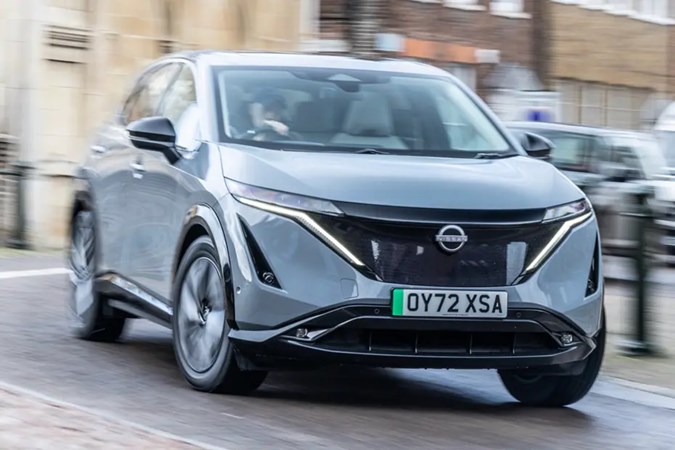
How will the ZEV sales mandate work for manufacturers?
This is where the ZEV mandate gets complicated, enough to keep an army of auditors, accountants and lawyers heavily occupied. So we’ll try to keep it simple.
Manufacturer X registers a total of 100,000 cars in the UK in 2024. With an EV sales mandate target of 22%, it can register no more than 78,000 non-ZEV cars – that’s petrol, diesel and the various sorts of hybrid. In the jargon of the mandate, each of those non-ZEV cars is called an allowance.
If Manufacturer X goes over its 78,000 allowances and registers 80,000 non-ZEV cars, it faces a fine of £15,000 for each of the excess cars – that’s a hefty total of £30 million.
However, if Manufacturer X beats the target and only sells 70,000 non-ZEV cars, it is credited an extra 8,000 allowances. Those allowances can be banked and used to sell fewer EVs than the mandate demands in future years, or it can sell them to another manufacturer.
That, of course, means Manufacturer X can buy allowances from a rival if it believes the EV mandate target will be missed. It could also borrow allowances from the government, to be paid back with interest by exceeding the targets. It’s worth noting that government won’t set the price allowances can be bought and sold for.
Several manufacturers can pool their allowances if they’re linked by a single registered company. However, groups like Stellantis wouldn’t be able to pool the allowances of its brands because each one is currently a separate company in the UK.
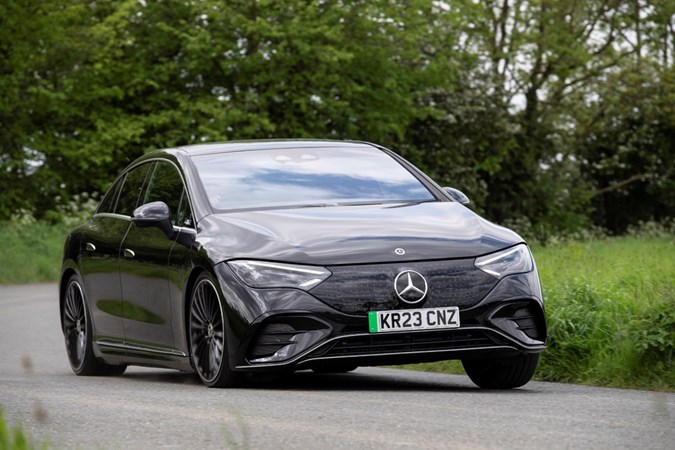
Is the ZEV sales mandate really necessary?
EV sales have been increasing steadily over the last few years; at the time of writing, they account for about 16% of all new car sales in the UK. However, the government feels that natural market forces are insufficient to drive EV sales to the required levels. The chances of sales jumping up by 6% by the end of 2024, with no incentives, are remote. Therefore, it’s felt that the mandate is necessary to facilitate the growth needed.
And the mandate demands significant growth. To achieve 100% ZEV registrations by 2035, they would have to increase by 7% per year from current levels. But the mandate is even more aggressive than that; between 2027 and 2030, the EV sales target increases by 12% per year.
What happens next?
The ZEV sales mandate came into law on 1 January 2024 despite some pushback, particularly from business secretary, Kemi Badenoch. It will undoubtedly cause some disruption for manufacturers and consumers, but the transition to EVs was always going to. The mandate sets the pace for that transition.



